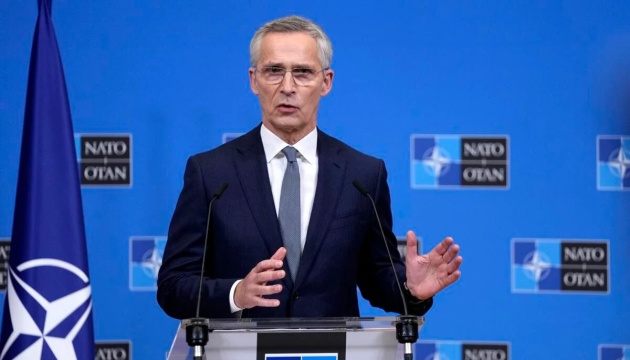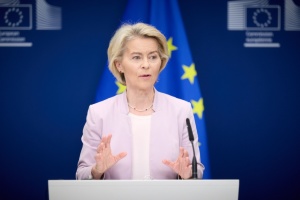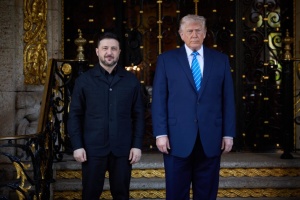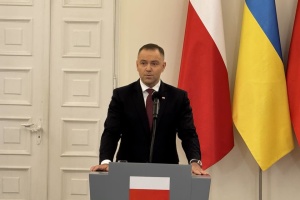
Ukraine's right to self-defense does not stop at border – Stoltenberg
He stated this to the German newspaper Welt am Sonntag, as Ukrinform reports.
"Ukraine has a right to defend itself. And according to international law, this right does not stop at the border," Stoltenberg said.
Stoltenberg reminded that Russia has been waging an unprovoked war of aggression against Ukraine for more than 900 days and has carried out numerous attacks from Kursk region, so Russian soldiers, tanks and bases there are legitimate targets under international law.
According NATO Secretary General, President of Ukraine, Volodymyr Zelensky, made it clear that the Kursk operation was aimed at creating a buffer zone to deter Russia from further attacks.
At the same time, Stoltenberg denied the Kremlin's accusation that the West was informed in advance about the plans of the Ukrainian Armed Forces to enter Russian territory, and assured that NATO did not play any role in this.
He also emphasized the need for greater support for Ukraine on the part of the Alliance so that the country could defend itself and eventually win.
As reported, the Commander-in-Chief of the Ukrainian Armed Forces, Oleksandr Syrskyi at the General Staff meeting on August 30 reported that the Ukrainian forces had advanced up to two kilometers in Kursk region and had taken control of another 5 km² of territory.
As of August 27, the Ukrainian Defense Forces have taken control of 100 settlements in Russia’s Kursk region and captured 594 Russian soldiers.
The operation of the Defense Forces of Ukraine in Russia’s Kursk region began on August 6, 2024.




